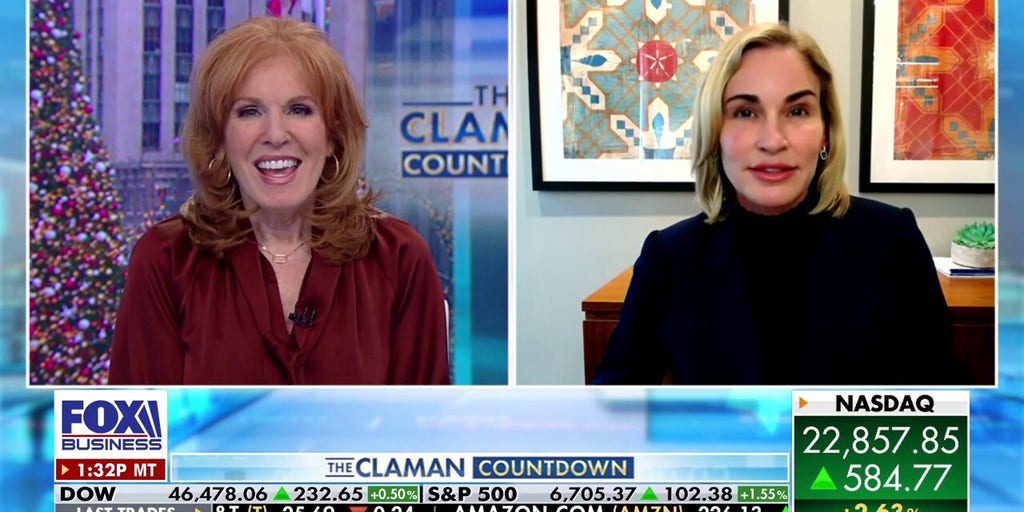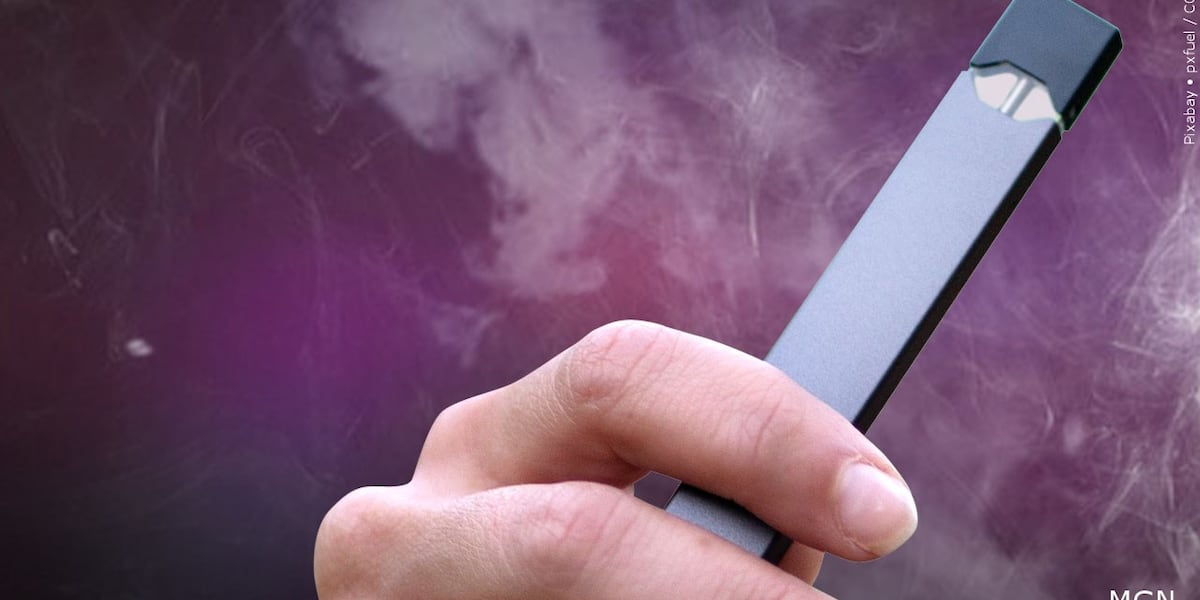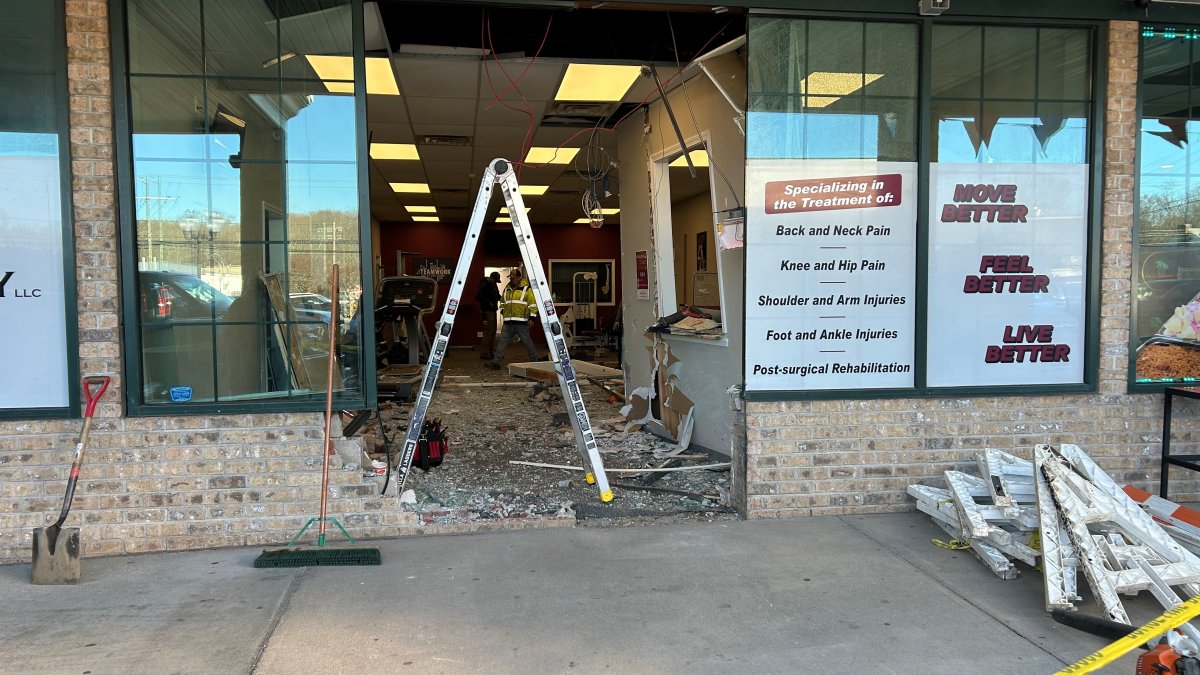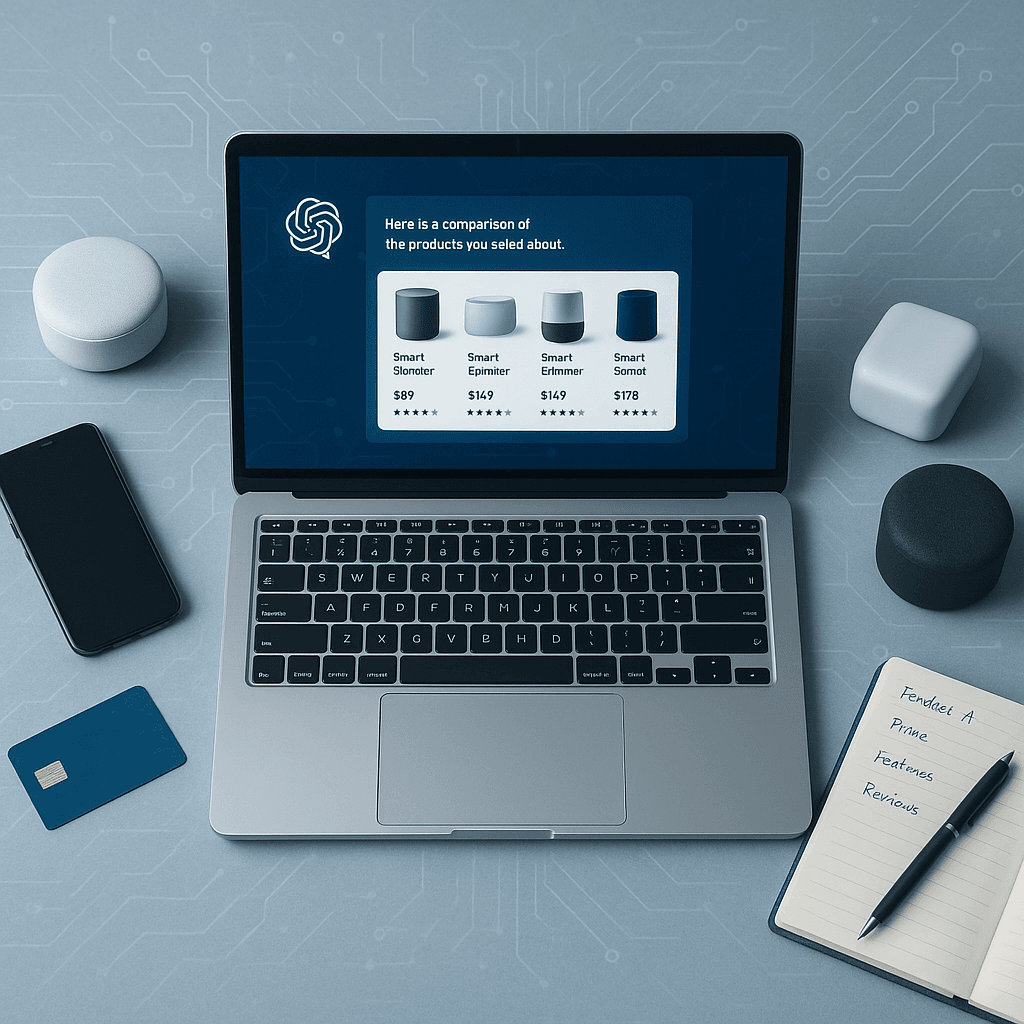In a shift to “hybrid e-commerce offerings,” Kroger announced plans to close three of its eight automated warehouses opened with Ocado while expanding partnerships with Instacart, DoorDash, and Uber Eats.
Kroger said it is making the changes to speed up delivery times, lower prices, improve store conditions and lift operating margins. The moves are expected to improve e-commerce profitability by approximately $400 million in 2026.
Kroger will take a charge of $2.6 billion against third-quarter earnings due to the closures of facilities in Pleasant Prairie, Wisconsin; Frederick, Maryland; and Groveland, Florida, in January — and its automated fulfillment network “not meeting financial expectations.” Kroger further said it is “monitoring” its remaining facilities’ performance.
With the closure of the Groveland warehouse, Kroger will be ending delivery in Florida.
In geographies seeing a higher density of demand, automated customer fulfillment will be used support capacity needs.
Ocado stated that it would receive over $250 million in compensation following the closures.
Kroger’s Partnership With Ocado Began Years Ago, But Cost Overruns Abounded
Kroger first entered its partnership with Ocado in 2018 with a goal of building 20 robotic fulfillment centers nationwide, but the openings have proved more costly than anticipated. In September, Kroger signaled a potential retreat from its investment in automated warehouses when it announced a “site-by-site” review of the fulfillment network.
Ron Sargent, Kroger’s interim chairman and CEO, said, “We are building on a strong foundation with five consecutive quarters of double-digit eCommerce sales growth and increased profitability improvements. We are taking decisive action to make shopping easier, offer faster delivery times, provide more options to our customers, and we expect to deliver profitable sales growth as a result.”
Kroger Leans on Instacart, Uber Eats To Fill the Gap
As part of the shift, Kroger expanded its Instacart relationship as its primary delivery fulfillment provider, including recently becoming one of the first retailers to offer customers access to Instacart’s AI assistant.
Kroger, in October, expanded its relationship with DoorDash to include fresh foods, household goods, and other products versus a limited selection at some Kroger locations previously.
Kroger will also form its first partnership with Uber Eats Marketplace in early 2026.
“The pandemic bump didn’t hold, and shoppers moved back to stores quickly, so the economics of running dedicated e-commerce facilities may no longer make sense,” eMarketer analyst Suzy Davidkhanian told Reuters, adding Kroger’s partnerships with the online platforms provide it more reach among consumers.
“In this environment, partnering (with delivery companies) rather than fulfilling (orders) in-house is the more efficient path forward.”








